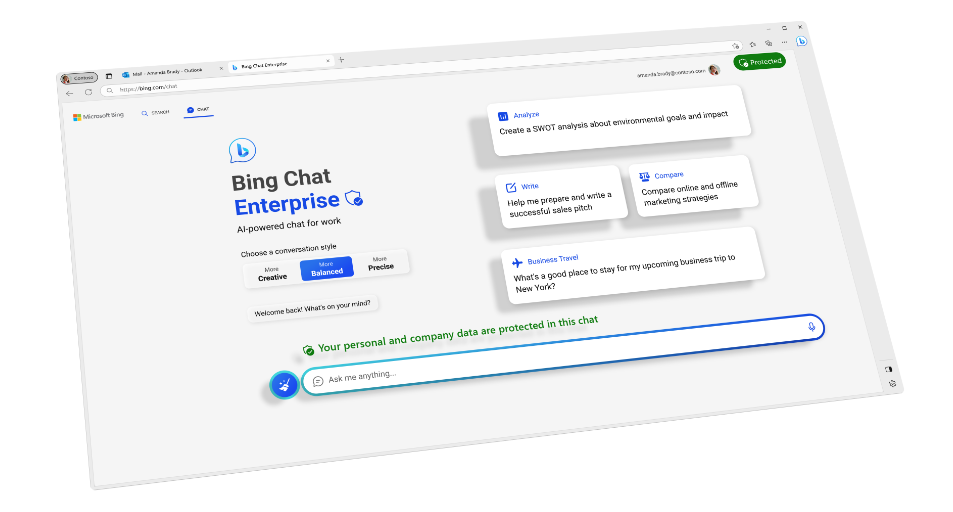The era of Artificial Intelligence (AI) is revolutionizing the way businesses handle their IT operations.
AIOps (Artificial Intelligence for IT Operations) is the pinnacle of this technological evolution, providing improved efficiency and automation in managing IT systems.
If you’re looking to streamline your organization’s IT operations with AIOps, this article is for you! We will provide a comprehensive guide on the best tips and tricks for successful AIOps implementation, backed by data, facts, and real-world examples.
And don’t worry, we’ll keep it light-hearted with a touch of humor and smileys. 😊
Define Your AIOps Goals and Objectives
Before diving into AIOps, it’s essential to establish clear goals and objectives.
This will help you measure success and keep your project on track. Some common goals include reducing mean time to resolution (MTTR), enhancing system performance, and improving infrastructure monitoring.
Whatever your objectives, ensure they are SMART: Specific, Measurable, Achievable, Relevant, and Time-bound. 🎯
Choose the Right AIOps Platform
With several AIOps platforms available in the market, selecting the best fit for your organization is crucial.
Evaluate your options based on factors like scalability, integration capabilities, and pricing. Don’t forget to consider user reviews and expert opinions before making a decision.
Remember, the perfect platform is like a pair of comfortable shoes – it should fit just right! 👟
Involve Key Stakeholders Early
Successful AIOps implementation involves teamwork. Collaborate with stakeholders like IT operations teams, DevOps, and management from the outset.
This will ensure everyone is on the same page and facilitate smooth sailing throughout the implementation process. After all, teamwork makes the dream work! 💪
Start Small and Scale Gradually
Begin your AIOps journey by focusing on a specific area, such as log analysis or performance monitoring. As you gain experience and confidence, expand the scope to other aspects of IT operations.
Rome wasn’t built in a day, and neither should your AIOps implementation. 🚧
Establish a Robust Data Foundation
Data is the lifeblood of AIOps. Ensure your organization has a strong data foundation by collecting and consolidating data from various sources like logs, metrics, and events.
Keep in mind the three C’s of data management – Clean, Consistent, and Comprehensive. With a solid data foundation, your AIOps platform can work its magic! 🔮
Train and Upskill Your Team
AIOps is only as effective as the people behind it. Invest in training your team on the chosen AIOps platform and the required skills to manage it.
Offer continuous learning opportunities to keep them up-to-date with the latest developments in the AIOps landscape. Knowledge is power, and a well-trained team is an unstoppable force! 🚀
Monitor, Measure, and Iterate
Once your AIOps implementation is up and running, closely monitor its performance. Evaluate its success based on the pre-defined goals and objectives.
If something isn’t working, don’t be afraid to tweak and iterate. Continuous improvement is the name of the game in AIOps success. 🌟
Conclusion
Implementing AIOps can seem like a daunting task, but with these tips and tricks, you’re well on your way to revolutionizing your organization’s IT operations.
Keep it simple, data-driven, and focused on achieving your goals. Remember, a successful AIOps implementation is a marathon, not a sprint.
So, buckle up and enjoy the ride! 🏁
Thank you for reading our blog, we hope you found the information provided helpful and informative. We invite you to follow and share this blog with your colleagues and friends if you found it useful.
Share your thoughts and ideas in the comments below. To get in touch with us, please send an email to contactus@bindspacetech.com.
You can also visit our website – Bindspace Technologies
FAQs
AIOps stands for Artificial Intelligence for IT Operations. It refers to the use of AI and machine learning techniques to analyze, manage, and automate various aspects of IT operations. AIOps is important because it helps organizations proactively identify and resolve issues, optimize system performance, and improve overall IT efficiency.
By leveraging AI, AIOps can process massive amounts of data, detect patterns, and make predictions to ensure seamless IT operations, ultimately reducing downtime and costs.
Traditional IT operations management tools often rely on manual processes and pre-defined rules to monitor and manage IT systems.
In contrast, AIOps leverages advanced AI and machine learning algorithms to analyze vast quantities of data from multiple sources, detecting complex patterns and anomalies that might go unnoticed by traditional tools.
AIOps can also automate remediation actions, reducing the need for human intervention and significantly decreasing mean time to resolution (MTTR). Overall, AIOps offers a more proactive and efficient approach to IT operations management.
AIOps is not designed to replace your IT operations team. Instead, it serves as a powerful tool to complement their expertise and help them work more efficiently. By automating routine tasks and providing intelligent insights, AIOps allows IT professionals to focus on more strategic initiatives and complex problem-solving. In essence, AIOps empowers IT teams to be more agile, responsive, and effective in managing modern IT environments.
Implementing AIOps can be challenging due to several factors, such as:
1. Data quality and management: Ensuring clean, consistent, and comprehensive data is essential for AIOps success. Inadequate data can lead to inaccurate insights and hamper the effectiveness of your AIOps platform.
2. Integration with existing systems: Seamlessly integrating the AIOps platform with your current IT infrastructure and tools is crucial for smooth operations.
3. Change management: Adopting new technologies and processes often requires a cultural shift within the organization. Overcoming resistance and driving buy-in from stakeholders is vital for successful AIOps implementation.
4. Skills and training: Ensuring your IT team has the necessary skills and knowledge to manage and utilize the AIOps platform effectively is another challenge that organizations may face.
The timeline for realizing the benefits of AIOps implementation can vary depending on factors such as the complexity of your IT environment, the scope of your AIOps goals, and the chosen AIOps platform.
Typically, organizations can start to see improvements in areas like incident detection, response times, and system performance within a few months of implementation.
However, it’s important to remember that AIOps is an ongoing process, and continuous optimization and iteration are key to unlocking its full potential.


